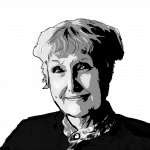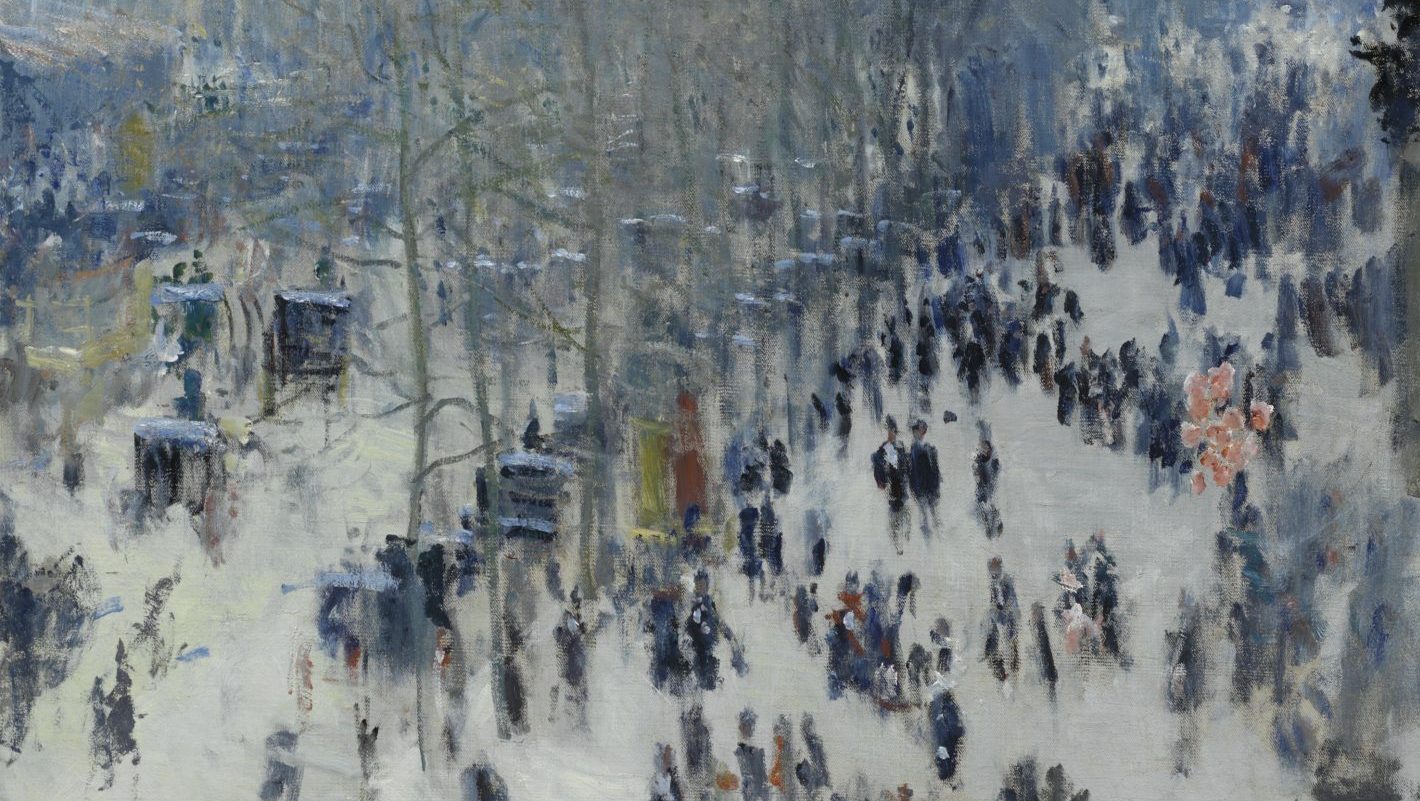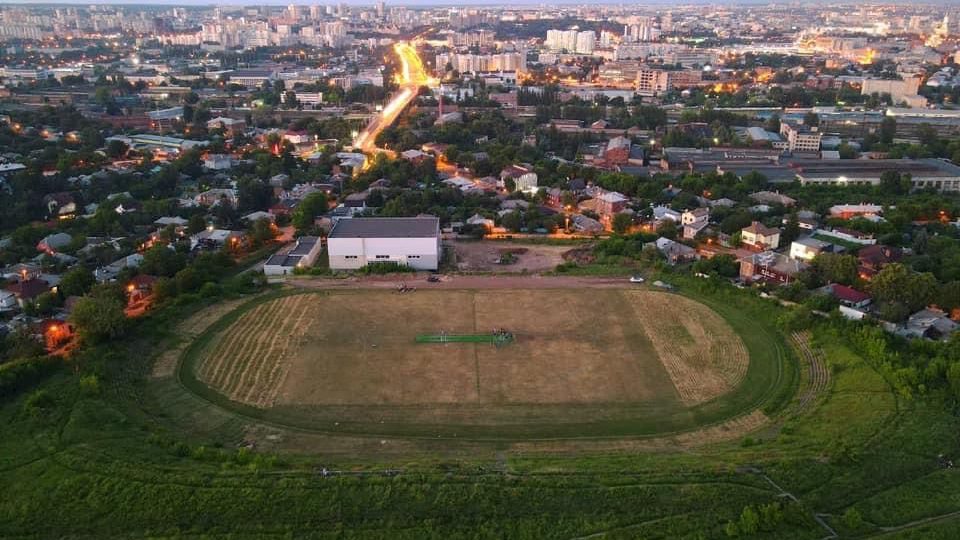Outside the Musée d’Orsay in Paris stand three cast iron animal sculptures: a rhinoceros, an elephant caught in a trap and a rearing horse, all dated 1878.
Eight years before they were created, Paris was under siege from German forces. The Franco-Prussian war had drastically reduced food supplies within the city and starving Parisians resorted to eating horse, dog and cat to survive the winter of 1870-71. When these ran out, people broke into the zoo at the Jardin des Plantes and killed and ate the only two elephants in there, Castor and Pollux.
The siege and the period of bloody civil war that followed under the Communards is the context given at the start of the Musée d’Orsay’s innovative show Paris 1874: Inventing Impressionism, organised in conjunction with the National Gallery of Art in Washington. It celebrates the 150th anniversary of the first independent exhibition of impressionist painters that opened on April 15, 1874, a fortnight before the official Salon; both shows are represented here.
Ten rooms take the visitor from Manet’s litho prints The Barricade and Civil War through to a period of reconstruction and cultural reinvention, beginning with the wide avenues masterminded by Baron Haussmann and the soaring triumph of the capital’s new opera house, the Palais Garnier, completed in 1875.
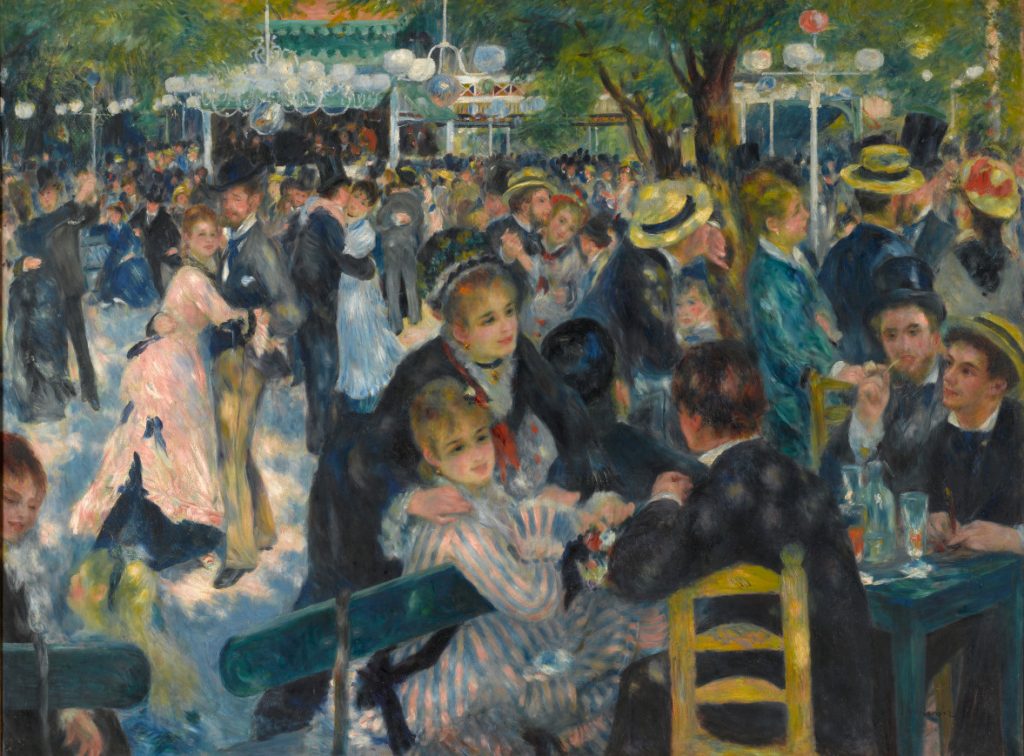
Image: Musée d’Orsay RMN-Grand Palais
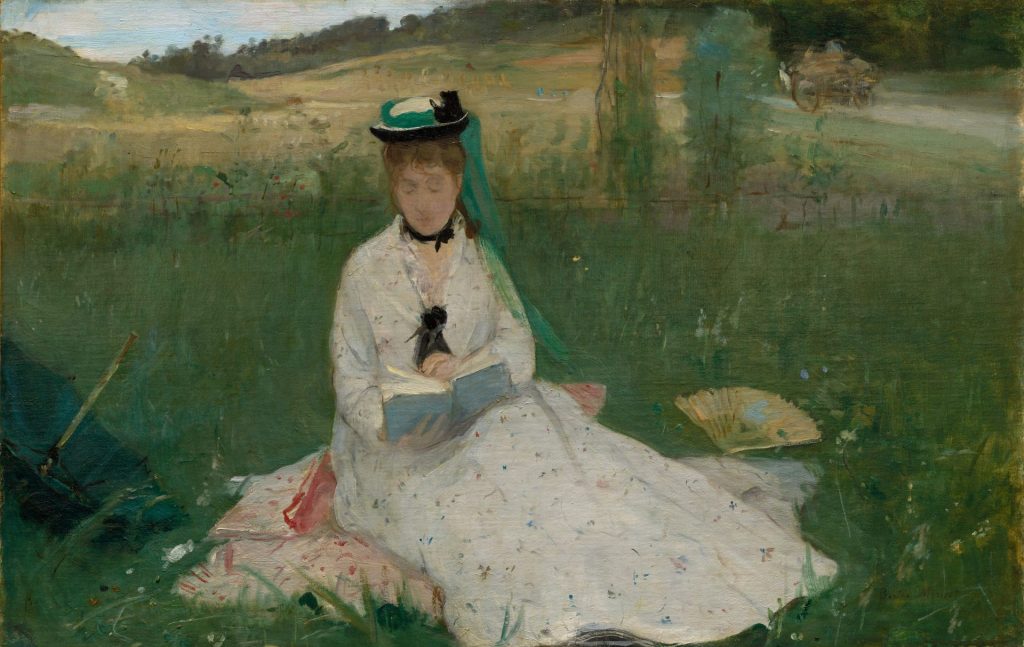
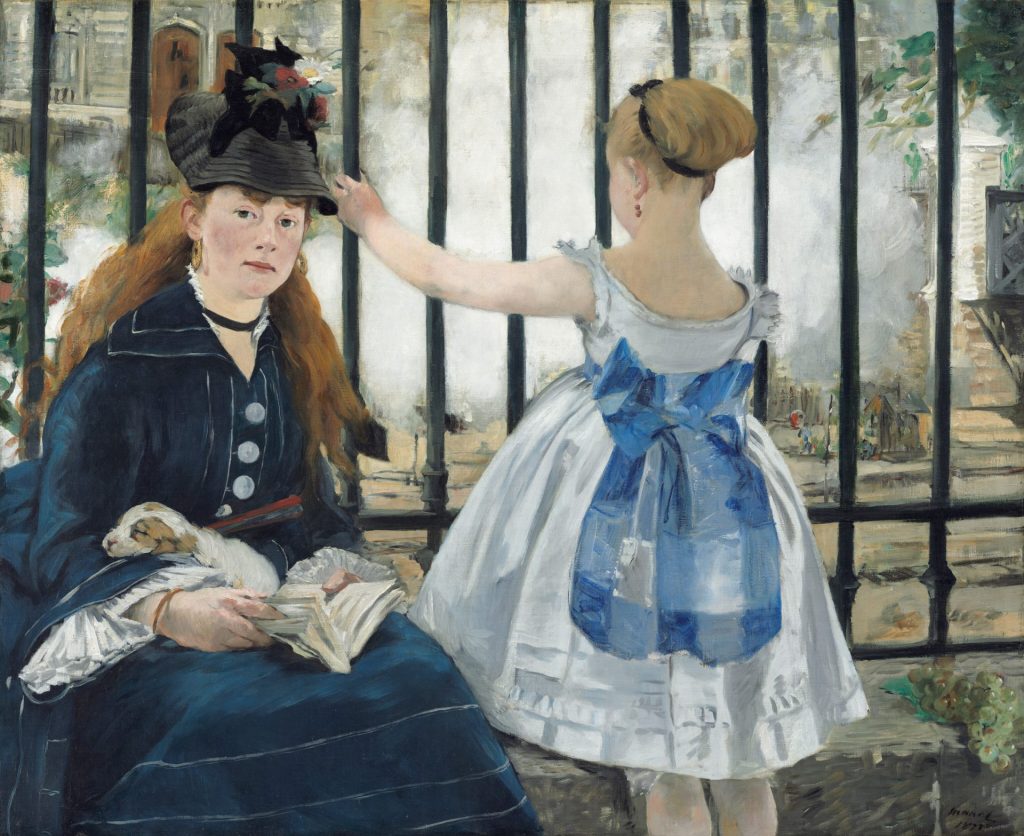
The excitement is palpable. In the second room, a digitised version of photographer and entrepreneur Félix Nadar’s studio at 35 Boulevard des Capucines is recreated, the location of the 1874 impressionist exhibition, and a short walk from the new opera house. The studio’s facade is rendered in a blaze of red and gold, with floor-to-ceiling windows and a roof garden; it was the first building in Paris to have an illuminated sign – Nadar – while inside, on the top floor, was a waterfall with rocks and plants to cool the air.
Nadar gave up his studio in 1871 (the rent being too high) and a few years later, the 31 artists who made up the Société anonyme des artistes peintres, sculpteurs et graveurs (Cooperative Limited Company) presented some 200 works here, unmediated by a jury. Far from cohesive, the art was as varied as the backgrounds, personalities and politics of its creators, only seven of whom would later become known as impressionists.
Throughout this huge exhibition, we find that the tidy demarcations of Salon and Independents don’t quite work: some impressionist artists showed at both venues; some – such as Édouard Manet – refused to exhibit with the impressionists and instead submitted three canvases to the Salon’s jury, who selected one, the startlingly modern Le Chemin de Fer, while Manet’s pupil, Eva Gonzalès, was rejected by the Salon and eschewed the impressionists, choosing to invite visitors to view Une loge aux Italiens at her own studio. Thus, the boundaries between establishment and start-up were somewhat fluid.
The first paintings you encounter are several large canvases by Renoir, displayed in a prominent position on reddish-brown walls. They are La Danseuse and next to it, La Parisienne, both almost certainly modelled by Henriette Henriot, with a third, La Loge, close by. I have never been overly fond of Renoir but here, in this context, I’m struck by the scale of these gorgeously attired women, with accompanying detailed captions that decode their social positions.
La Danseuse stands in pink satin ballet shoes, set toe to heel and she twists slightly towards us, flaunting the frothy plumage of her sky-blue tutu, while pressing a handkerchief to her body and wearing a black ribbon around her neck. Her gaze is direct and knowing, which suggests she has more to offer than dance. The Palais Garnier employed 200 ballerinas in its corps de ballet, but they were poorly paid and often fell prey to wealthy, older protectors. As one critic remarked of this canvas, “Still a girl? Undoubtedly. Already a woman? Perhaps. A young lady? Never.”
Berthe Morisot was the sole female artist to be included in this first impressionist exhibition (Mary Cassatt joined the group later in 1877). Her works feature moments of quiet domesticity. The Portrait de Madame Edma Pontillon in pastel and Le Berceau (The Cradle) in oils are of Morisot’s sister and baby niece. Edma Pontillon (who is pregnant in the first portrait) was also an artist, but gave it up to concentrate on her young family. The digital catalogue tells us Le Berceau was on sale for 800 francs. When it didn’t find a buyer, it was eventually owned by Blanche Pontillon, the model for the baby in the picture.
Monet’s Boulevard des Capucines, painted from the vantage point of Nadar’s former studio, is realised in a flurry of rapid brushstrokes. At the top right-hand edge of this lively street scene, a gentleman in top hat observes the broad boulevard of the revitalised opera district, lined with leafless wintry trees and horse-drawn cabs waiting for custom, while in the distance and to the left are imposing stone apartments in Second Empire style; carriages trundle down the avenue and patterns of promenading Parisians are painted in dabs and blobs of black and russet, interrupted by a bunch of gay tangerine-coloured balloons for sale. For the Salon, a subject like this would be considered too banal for a painting, but its presence here marks the beginning of a fresh and original way of reflecting the new world of modern Paris.
A recreation of the more academic Salon of 1874 follows in Rooms 4 and 5. Installed at the Palais de l’Industrie et des Beaux-Arts on the Champs-Elysée, it comprised 24 galleries and 2,000 paintings – immense canvases of mythological, religious and historic subjects. A number of these hang in gilt frames on walls of brilliant red.
Among them is a painting by Camille Cabaillot-Lassalle of a Salon room of six canvases rammed so close together you can’t see the wall. Ladies in bright, ruffled, pleated and beribboned hats and dresses, escorted by gentlemen in their customary dark attire, cluster round the paintings clutching catalogues. This was a place to see paintings and also to be seen.
I particularly enjoyed the collaborative element of this work as it was created by seven artists. Each of the six paintings shown in miniature were hung that year, and each tiny reproduction was executed by the original painter. In 1874, this canvas caused a sensation.
The penultimate gallery gives us a wall of exquisite cloud studies in pastel by Monet’s tutor, Eugène Boudin, and opposite is Monet’s diminutive but defining work: Impression, Soleil Levant. This oil painting, practically a sketch, evokes the docks at Le Havre in the misty morning sunshine. It is so ephemeral there’s hardly anything there: silhouettes of boats, the smudged verticals of masts and angular cranes in the distance and the delicious electric orange of the sun, its tongue of light tripping across the waters towards us in dappled strokes. It was one of only four works that sold at the impressionist exhibition of 1874.
An Evening with the Impressionists is the virtual reality offering at the Musée d’Orsay. Recalling the novel introduction of evening opening hours at the impressionist exhibition, the modern-day visitor is invited to don a headset and travel back to Paris 1874.
“Impressionism seems to represent a lost world,” Robert Hughes wrote in his book The Shock of The New in 1980, “…a pre-modern world whose images have relatively little to do with our own culture”. An Evening with the Impressionists contradicts this view: visits to galleries and museums, travelling to the countryside by train and boating on the river are not so changed.
Once my headset is adjusted, I’m out in the street, standing in front of Garnier’s Opera House, amid horse-drawn carriages and 19th-century Parisian couples. Rose is my guide, an aspiring painter’s model with a borrowed parasol she hopes to return to Berthe Morisot.
She takes me to Nadar’s former studio and up the stairs to what looks like a drawing room, where I eavesdrop on conversations between Renoir, Degas, Pissarro, Monet, Morisot and Cézanne – whose paintings are on the walls – and the commanding art dealer, Paul Durand-Ruel. We also call on the Salon, passing two young women tittering in front of a classical nude.
“They are models and only pretending,” Rose tells me. I’m taken to St Lazare station but miss the train; however, thanks to some teleported trickery I reach La Grenouillère, a resort on the Seine, all the same. Here, Monet and Renoir have set up their easels and are hard at work.
I know this world, as I’ve seen Monet’s painting that depicts it in London’s National Gallery many times, but the VR tour helps me to understand and imagine it better. My adventure would not be complete without a trip to Le Havre to watch the sun rise, then I’m back to the rooftops of Paris for the fireworks.
It feels fitting that this period of 19th-century Paris, one of reconstruction and innovation, should find its match in an entirely new technology in the year that the city hosts the 2024 Olympics.
It was a thrilling ride into the past and the future, as this way of experiencing history becomes a useful and commonplace tool for placing artworks in the context of their time.
Paris 1874: Inventing Impressionism (until July 14) and An Evening with the Impressionists (until August 11) are at the Musée d’Orsay, Paris

